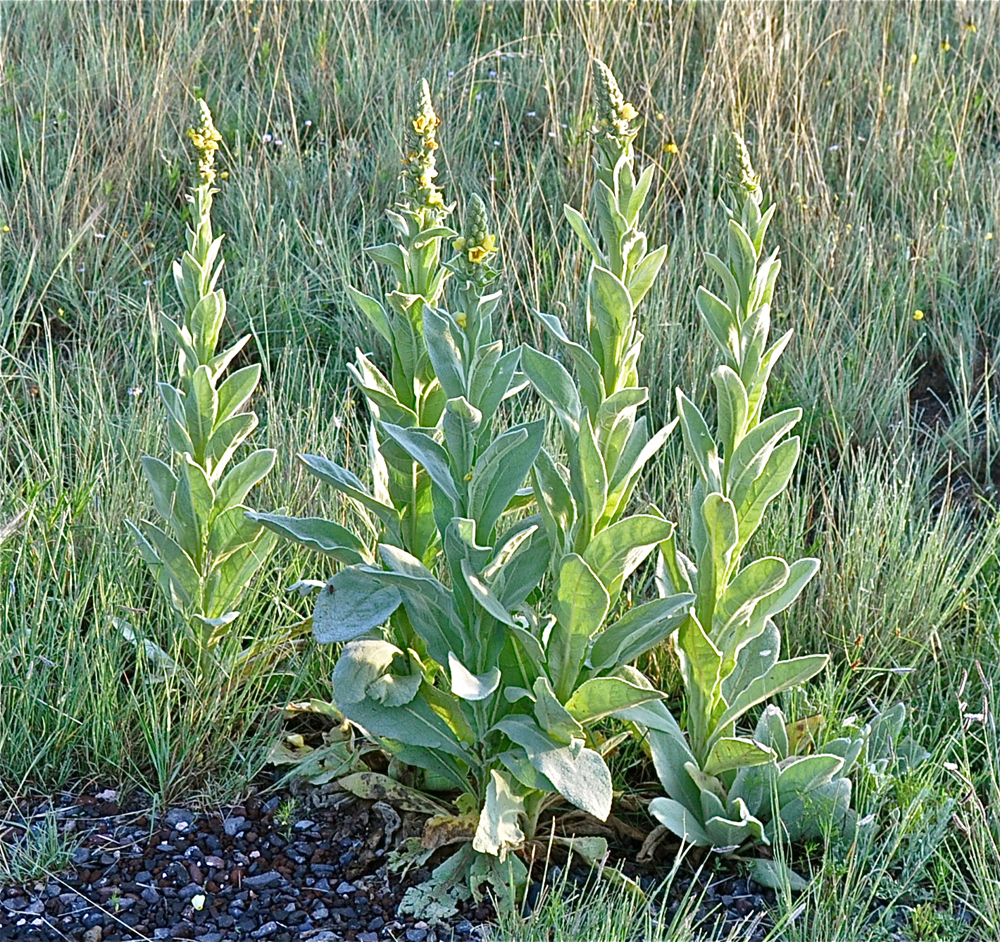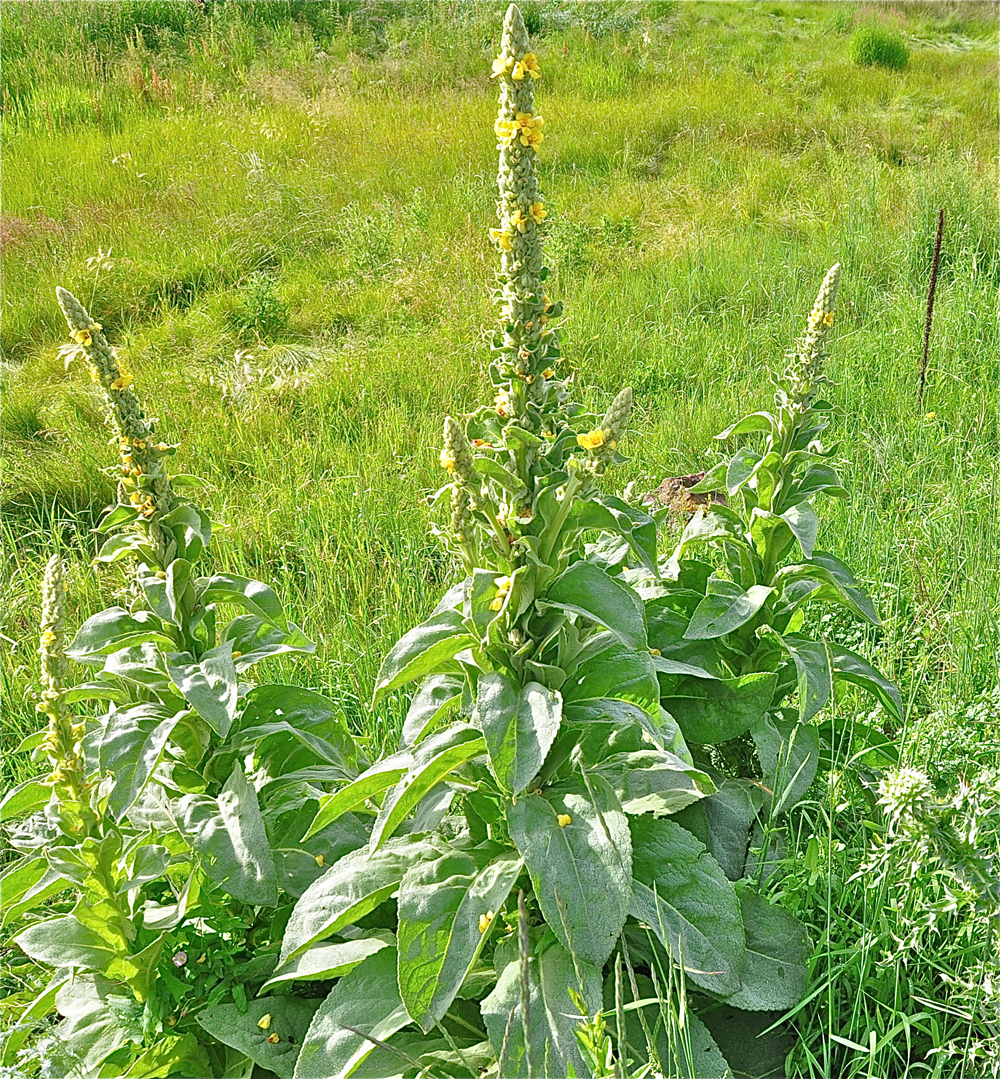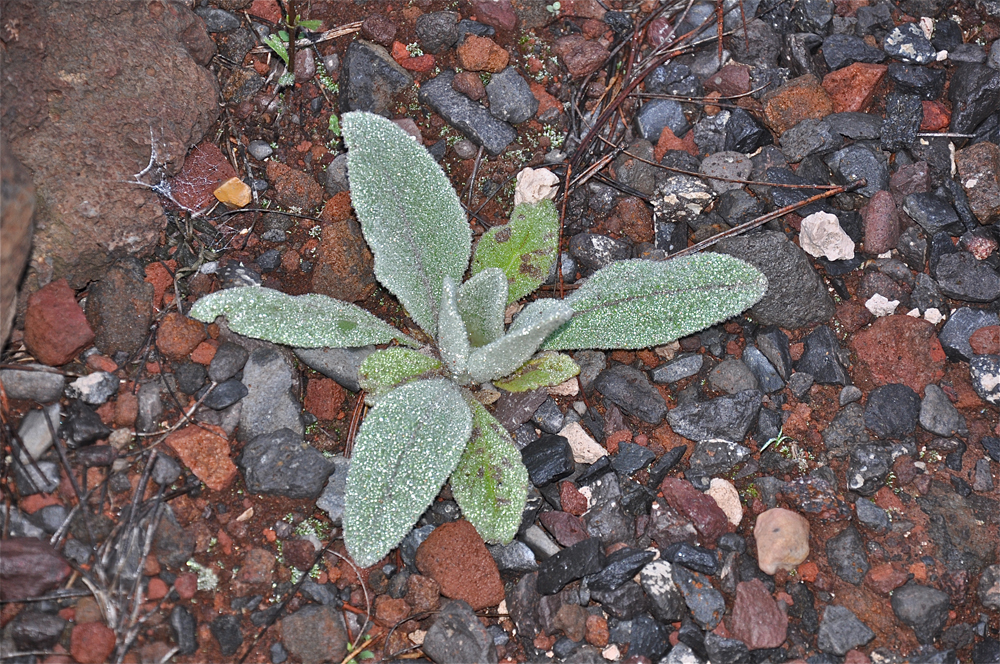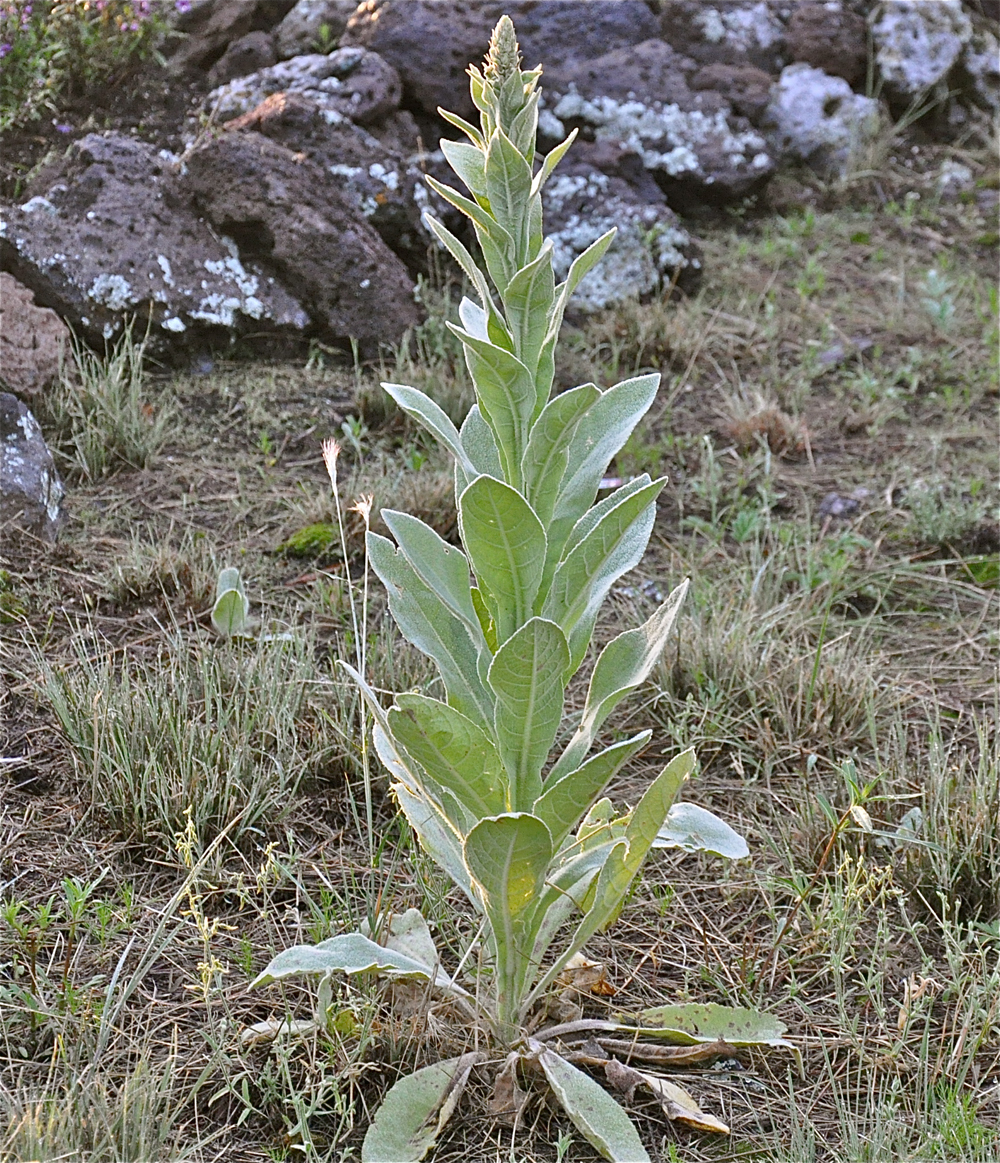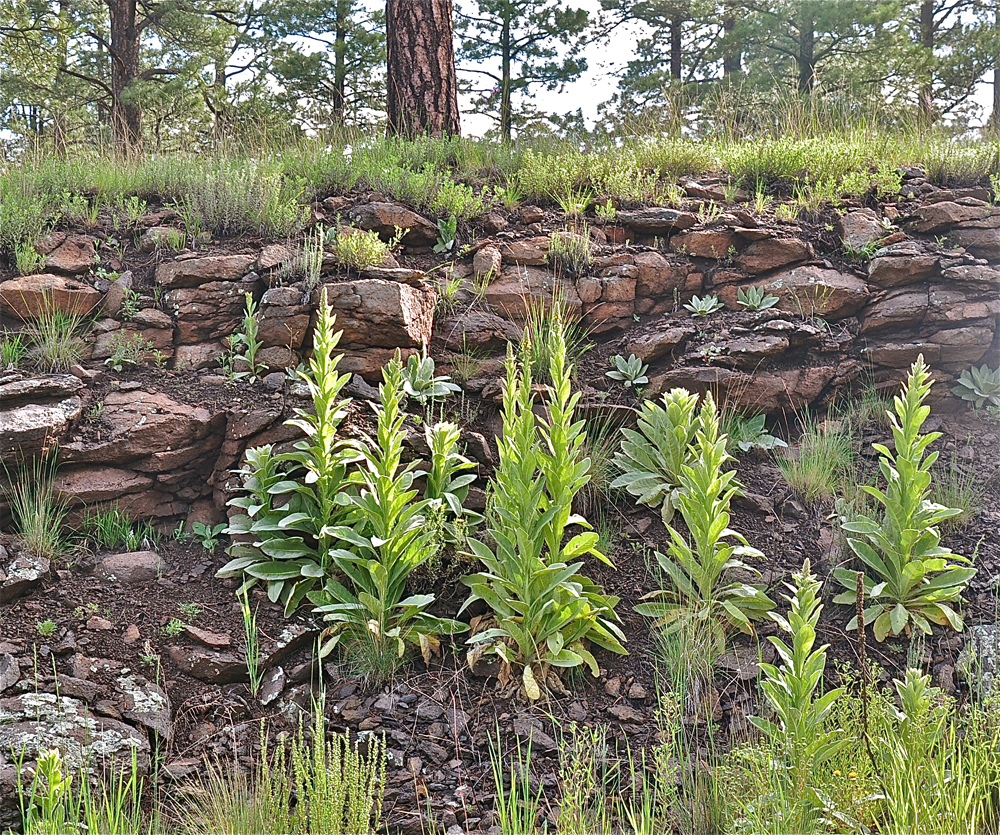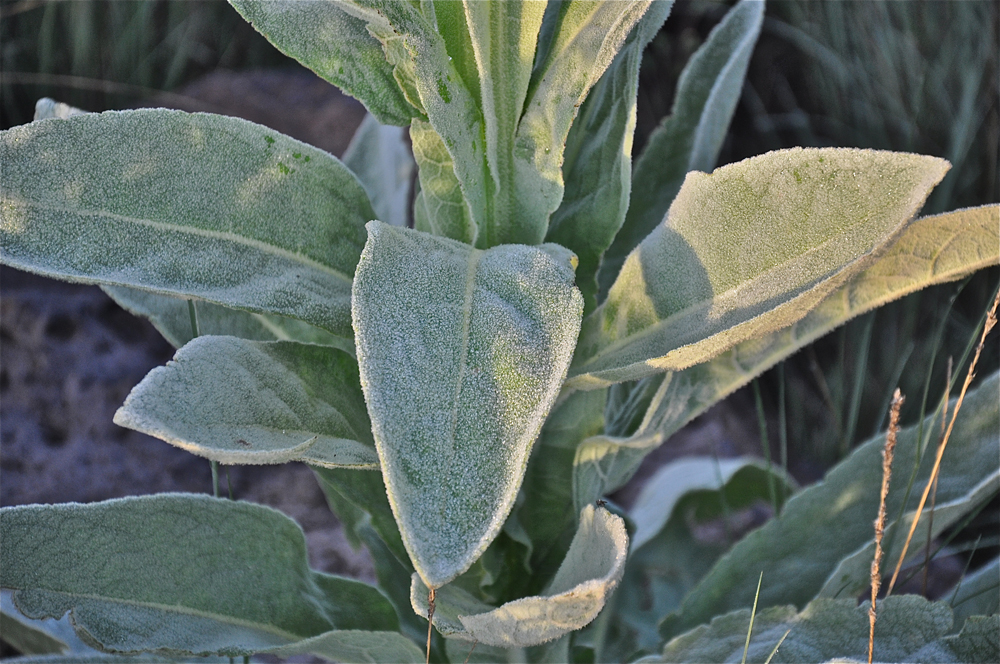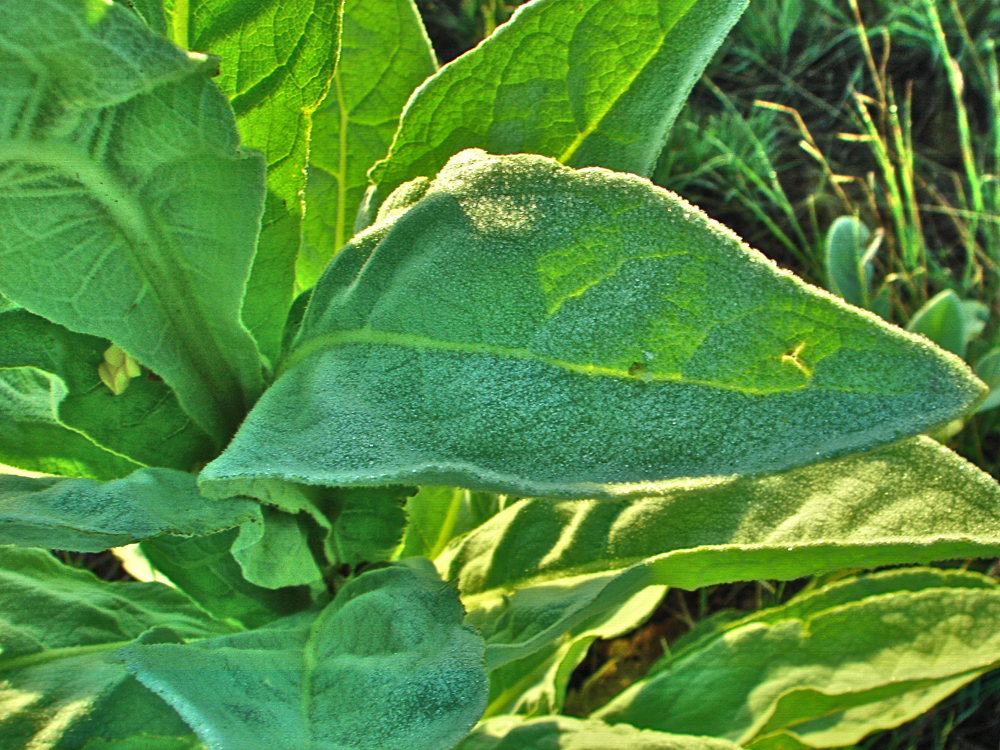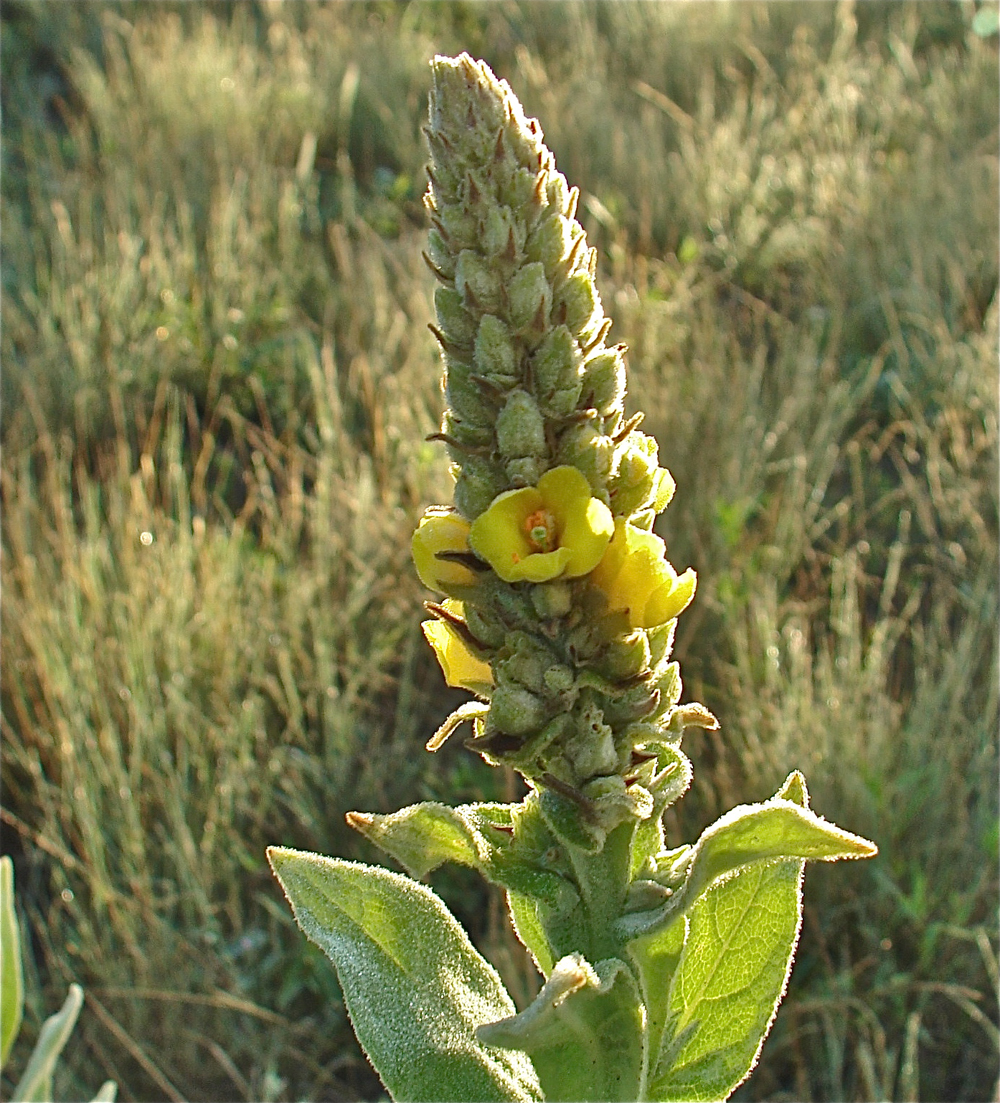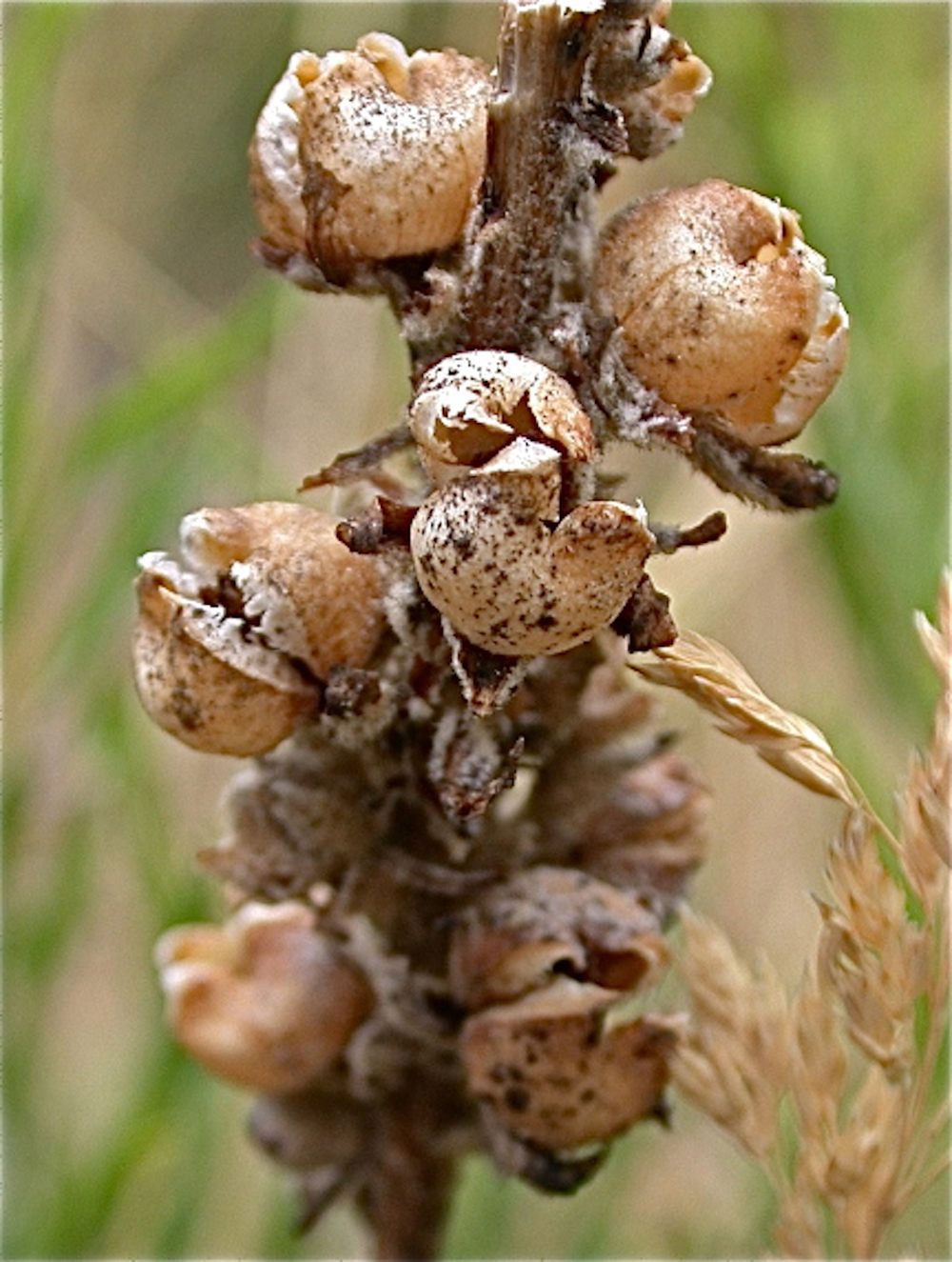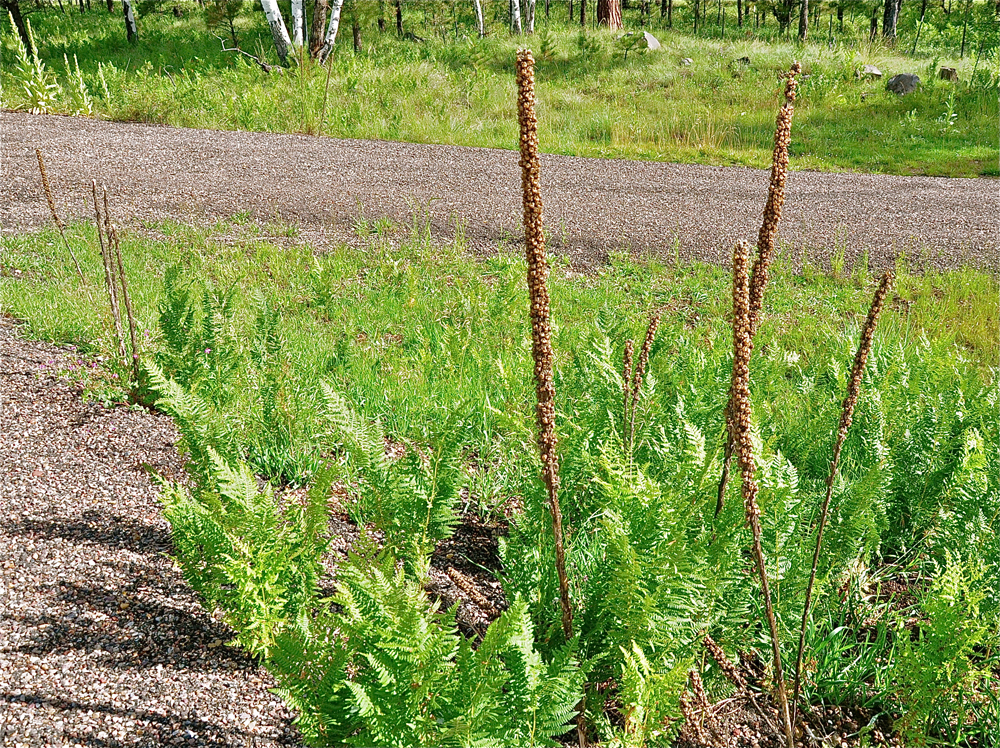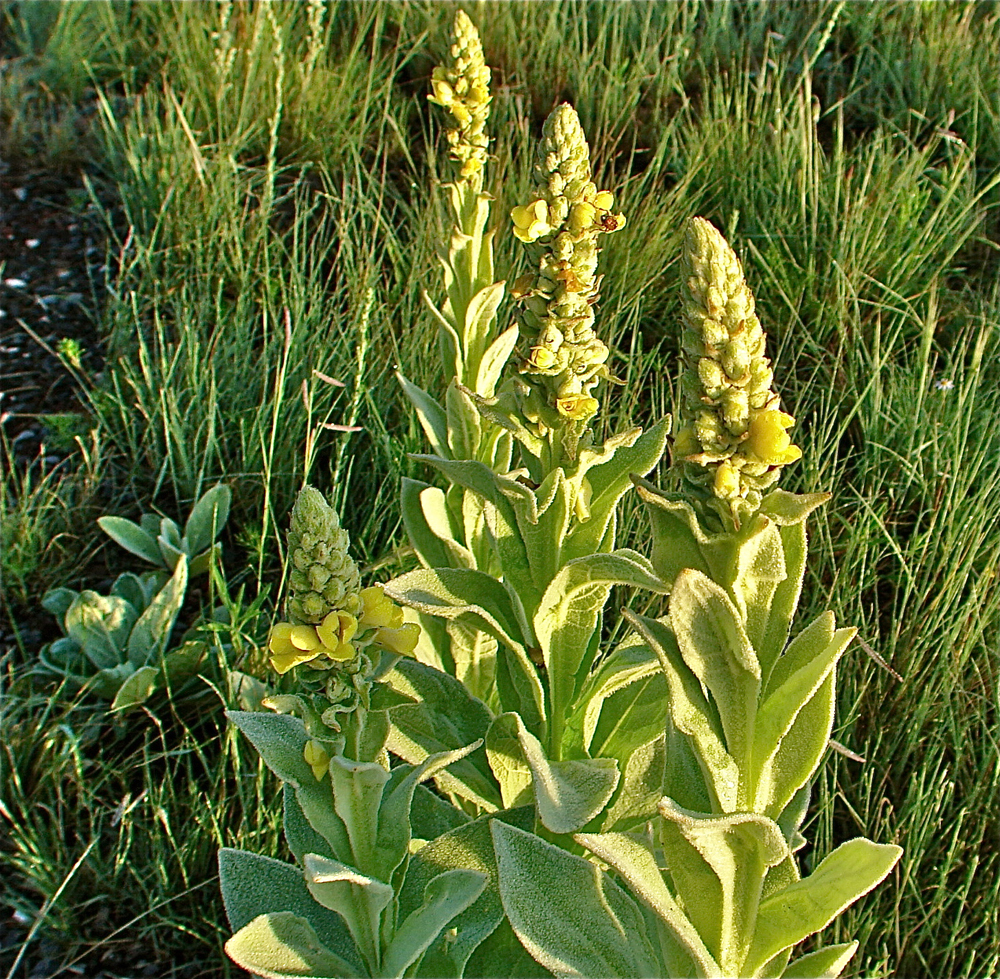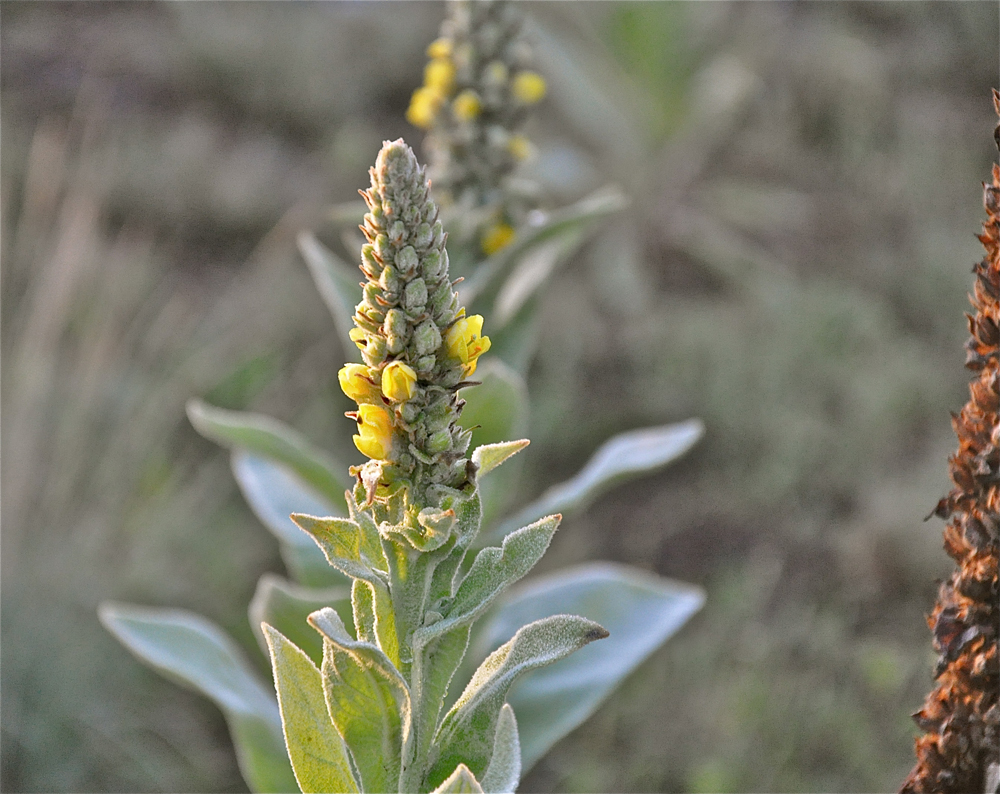Common Mullein: Stunning Photos of the 'Flannel Leaf' Plant
Common mullein, Verbascum thapsus, is a perennial herb that was first introduced into the United States in the mid-1700s by colonies in Virginia and was used as a piscicide, a chemical substance that is poisonous to fish. Check out these photos of this fascinating herb. (Credit: Linda & Dr. Dick Buscher)
Long history
Common mullein quickly spread across the United States and southern Canada because it grows in most environments that have an annual rainfall of 3 to 6 inches (8 to 15 centimeters) and at least 140-day growing seasons.
Ancient medicine
Common mullein is native to the Mediterranean countries and Eurasia. It has played a major role as a medicinal herb throughout these regions for thousands of years. Once it arrived on the North American continent, the Native American people quickly learned to use common mullein’s many healing properties.
Young-uns
In its first year of growth, the common mullein forms a large basal rosette with its large leaves that can grow up to 1 foot long (30.5 cm). The plants grow well in disturbed landscapes, such as along roadsides, railroad tracks and once-cultivated fields. Common mullein also grows especially well in alkaline soil.
Get the world’s most fascinating discoveries delivered straight to your inbox.
A lifetime
In its second year of growth, the common mullein will produce a large, erect flower stalk that can grow from 2 to 8 feet (0.6 to 2.4 meters) tall. This rigid stalk is covered with wooly, branched hairs. Alternating leaves, smaller than the rosette leaves, attach directly to the stem in such a pattern as to direct rainwater down the stem to the plant's roots.
Deeps roots
Common mullein has a deep taproot surrounded by a circular pattern of fibrous, secondary roots that grow near the surface of the soil.
Bunny ears
These plants are known for the softness of their light green leaves, which are known locally as "bunny ears" or "flannel leaf." The leaves' softness is created by a dense pattern of short hairs that cover both the upper and lower surfaces. The leaves of a first-year plant spread, forming a circle along the ground that provides for the most possible sunlight to fall upon them.
Multiple uses
The leaves of common mullein have been used as lamp wicks as well as toilet paper. The leaves were once placed inside of shoes to provided both warmth and softness. The dried leaves on the long stalk have been used since the time of the Romans for torches (once they had been dipped into tallow). Legend states that such torches were used by witches or were used to repel witches, giving rise to one of its many common names of "hag taper."
Blooms
At the end of the rigid stalk, five-petaled yellow flowers that measure 0.25 to 1 inch (0.6 to 2.5 cm) across haphazardly bloom from a dense, club-shaped terminal flower cluster. Blooming occurs from June to September, making common mullein one of the most-seen wildflowers in the world.
Calling all bugs
Local insects are attracted by a honeylike scent and become the pollinators of common mullein. A capsule, as seen above, develops after pollination and contains a large number of tiny, dark brown seeds. A single common mullein plant can produce between 100,000 to 180,000 seeds. Seeds fall near the base of the parent plant and can lay dormant yet viable in the soil for many years.
Easy to see
The dried, dead flowering stalks of common mullein are easily spotted contrasting with the normally green environment. Seeds are now scattered by the blowing wind and are considered to be poisonous. Grazing animals do not eat common mullein because the many, tiny hairs that cover the stalk and leaves irritate the mucous membranes of mammals.
Useful plant
Early North American settlers brought the plant with them from Europe because of its many uses. Tea tinctures from the plant help to suppress coughs, aid in curing diarrhea and, when dried and smoked, has a stimulant for the lungs. The plant is also touted to aid with hemorrhoids as well as migraine headaches and arthritis.
What's in a name?
Just how common mullein got its name remains up for debate. Perhaps its name comes from the Latin word "mollis," which means "soft." Or, maybe it comes from the Latin word "Mulandrum," as it was once thought to be a cure for leprosy. This ancient herb is known by many regional names, such as the Roman name "Jupiter’s staff." Other names by which this plant is known include "Aaron’s rod," "Jacob’s staff" and "Flannel-leaf."
Threatening the world
Common mullein has become an invasive plant in many parts of the world today. It threatens natural meadows as well as well as any opening found within a forest, and once established, it is very difficult to eradicate.
Follow us @livescience, Facebook & Google+.
